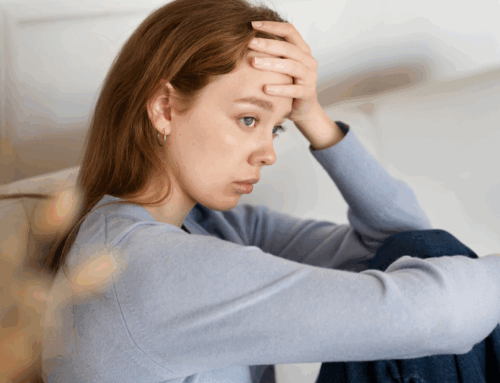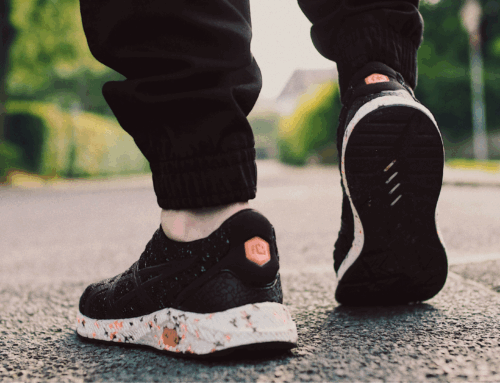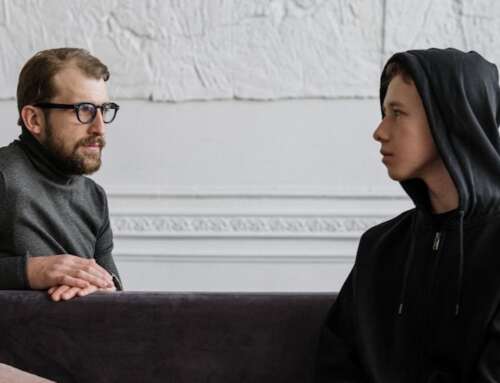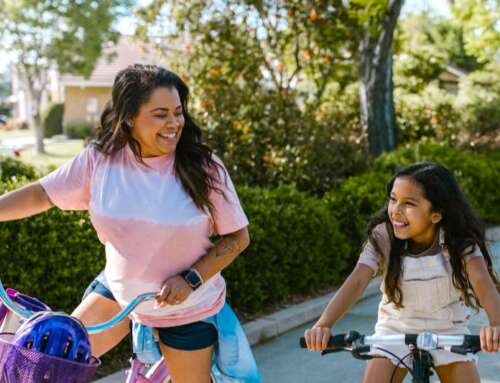If you suspect your child is suffering from anxiety or if your child has been diagnosed with an anxiety disorder, you may feel rather overwhelmed and not knowing what to do. Beyond seeking help and support from a mental health professional, there are other things you can do to empower yourself as a conscious parent. You are not helpless and you can learn how to best support your child and help him thrive by working with him or her at home.
According to the Diagnostic and Statistical Manual of Mental Disorder, Fifth Edition (DSM-5), Anxiety disorders include disorders that share features of excessive fear and anxiety and related behavioral disturbances. Fear is the emotional response to real or perceived imminent threat, whereas anxiety is anticipation of future threat. Anxiety disorders differ from developmentally normative fear or anxiety by being excessive or persistent beyond developmentally appropriate periods. Children experiencing anxiety show signs of unrest hidden below the surface. They often feel that they cannot meet the demands of their daily lives because they are too difficult or frightening. These children struggle with a chronic worry of missing something, being late, or not getting things done on time. At times, anxious children become very serious, overly diligent, and unnaturally responsible. Any discrepancy in their daily routine makes them nervous and uncomfortable. Other times, anxious children pull on their hair, bite their nails, or develop tummy aches and headaches. It is also very common for anxious children to refuse to sleep alone in their bedrooms, have sleep problems and nightmares.
You as a parent are especially well qualified to recognize that your child is overwhelmed and needs help. No one knows your child as well as you do. In fact, according to a research study, brief, parent-only intervention were evaluated and found to be an efficacious treatment approach for child anxiety disorders. Specifically, the parents of 61 anxiety-disordered children (7-14 years) were randomly assigned to either the 6-session parent-only group Cognitive Behavioral Therapy (CBT) intervention or a wait-list control (WL) group. Diagnostic and questionnaire measures were administered at post-treatment; as well as 3-, 6- and 12 months following the completion of treatment. Families in the WL group were re-assessed after 6 weeks (the duration of the active intervention) and were then offered the intervention. The parent-only intervention produced superior outcomes for children on diagnostic and questionnaire measures. The percentages of children free of any anxiety diagnosis following the intervention were 38.7% (post-treatment); 58.6% (3-mth); 69.2% (6-mth); and 84% (12-mth). At the post-treatment assessment point, 3.4% of children in the WL group were free of any anxiety diagnosis. Mother and child questionnaire measures demonstrated gains from pre to post-treatment that were maintained over time. (1) Even though the therapy cited above still requires an involvement of a mental health professional, it still shows how powerful and efficient you can be as a parent.
So what can you do at home?…..
– Denisa Millette
Read More: Simple Strategies To Help Diffuse Anxiety in Children







Leave A Comment